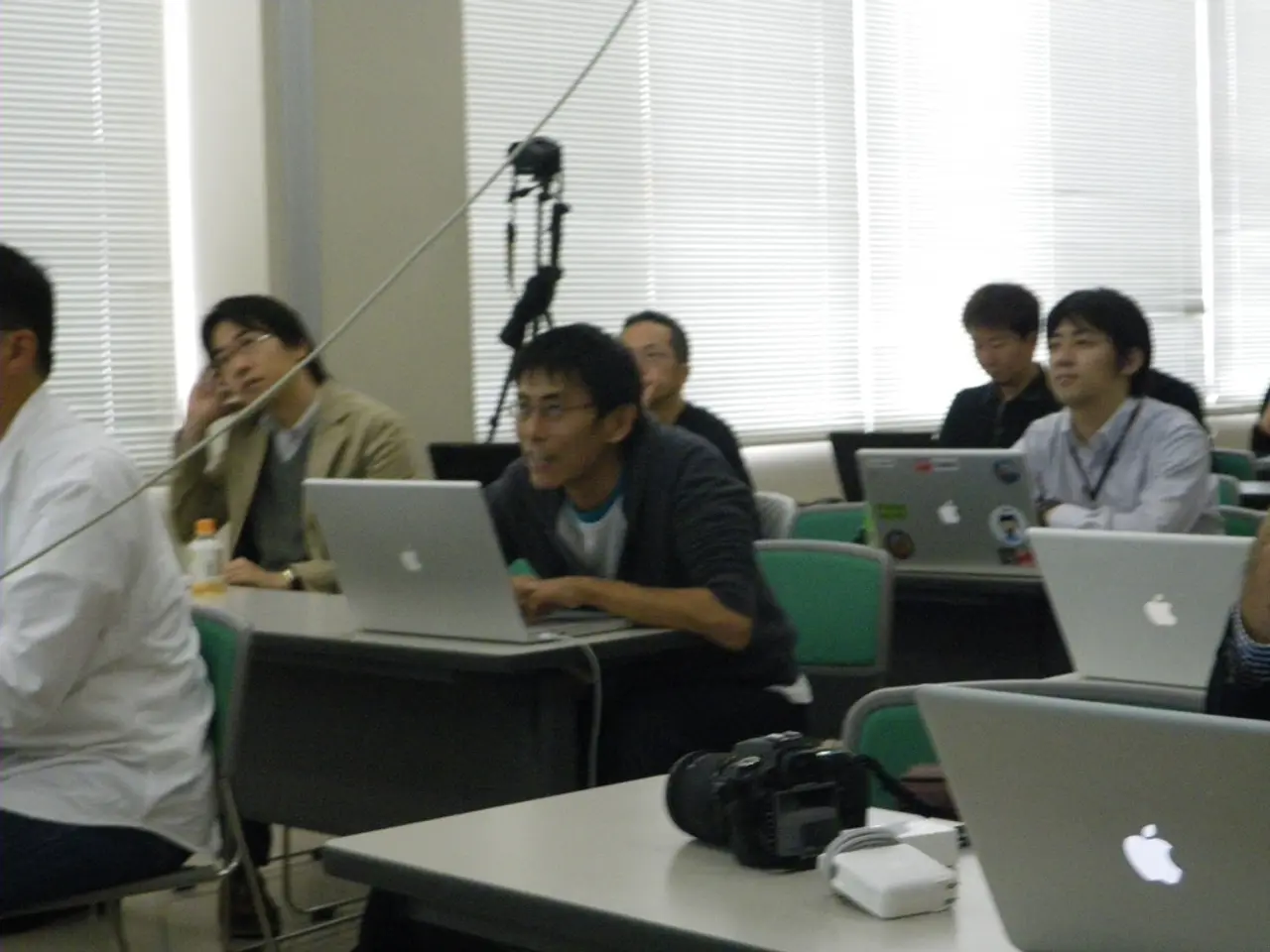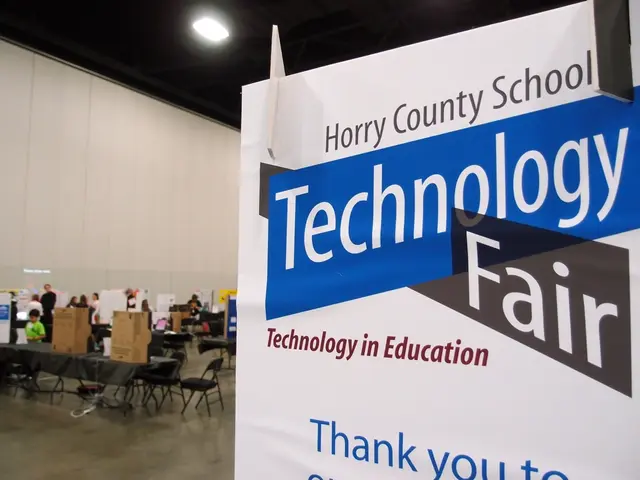Exploring Information Gathering through Augmented Reality (AR) and Its Impacts
In recent years, Augmented Reality (AR) has made a significant impact on the industrial sector, revolutionising knowledge acquisition, maintenance, repair, job training, and expert assistance. This immersive technology offers real-time, interactive solutions that are altering workflows and enhancing productivity.
One of the key areas where AR has made a difference is knowledge acquisition and job training. AR-guided workflows, such as those provided by Microsoft's HoloLens, have reduced assembly and installation times by 19-42% for companies like Howden and Fujitsu. These tangible gains have enabled enterprises to close skill gaps rapidly, improve worker proficiency, and scale training beyond expert-led sessions.
In the realm of maintenance and repair, AR-powered smart glasses provide technicians with real-time schematics, guided diagnostics, and remote expert support. This replacement of physical manuals has led to on-the-spot troubleshooting, reducing machine downtime and error rates. Studies in the automotive industry show AR assistance improving maintenance, inspection, and repair efficiency, with up to 30% better task performance and lower human error rates.
AR's remote expert assistance is another game-changer. It enables experts to guide field technicians via live visual overlays, drastically reducing the need for physical on-site expertise and expediting complex problem solving. This has accelerated the rollout of AR solutions from pilots to multi-plant deployments, thanks to consistent productivity improvements.
Industrial process optimisation is another area where AR is making a significant impact. In sectors like shipbuilding, AR integrates with digital twins and Building Information Modeling (BIM) to automate asset tracking, improve spatial accuracy for infrastructure pipelines, and optimise operations through interactive and contextual information delivery.
AI-powered tools now assist rapid AR content creation by converting CAD models to annotated holograms, reducing authoring times by 60%. Advances in foveated streaming allow high-fidelity AR experiences with lower bandwidth, facilitating broader adoption beyond expert developers.
AR's impact extends to educational contexts as well. It is used to help learners acquire more virtual information, and educational AR apps enhance employees' technical skills by allowing them to see inside and click on the elements for better explanations. AR can combine actual and virtual lab activities, upholding the spatial contiguity principle, and can be used during lab work to provide vital information, enhancing learning through practical experiments.
A recent study on 68 students revealed that participants using the AR system retained adequate memory of procedural operations two weeks after completing the classes. AR can also be used for product training, where you do not even need to have the products on hand to present them to your employees. Using AR, users can point their smartphone's camera at electronic equipment to instantly learn what it is made of and how it operates.
With inefficient knowledge-sharing costing businesses a fortune, organisations must explore the alternative option of deploying AR-based technology to boost productivity and efficiency. Ineffective knowledge-sharing costs the average large US company $47 million in productivity yearly. AR can deliver information in an exciting way, particularly for user guides or manuals, making it an attractive solution for businesses looking to improve their operations.
In summary, AR's immersive visualisation, real-time guidance, and remote collaboration capabilities have transformed industrial knowledge workflows by accelerating skill development, increasing maintenance accuracy, reducing downtime, and enabling scalable expert support—all core factors in improving productivity and operational efficiency in modern industrial settings.
- AR-guided workflows, like those offered by Microsoft's HoloLens, have significantly reduced assembly and installation times for companies like Howden and Fujitsu, enabling enterprises to quickly close skill gaps and improve worker proficiency.
- In the field of maintenance and repair, AR-powered smart glasses help technicians with real-time schematics, diagnostics, and remote expert support, leading to on-the-spot troubleshooting, reduced machine downtime, and lower error rates.
- AI-powered tools are now assisting in the rapid creation of AR content by converting CAD models into annotated holograms, reducing authoring times by 60%.
- AR is used in educational contexts to help learners acquire more virtual information, enhancing their technical skills through better explanations and integrating actual and virtual lab activities.
- AR can be used for product training, allowing users to learn about products without needing to have the physical products on hand.
- To address the issue of inefficient knowledge-sharing costing businesses large sums of money yearly, organizations should consider deploying AR-based technology to improve productivity and operational efficiency in modern industrial settings.




